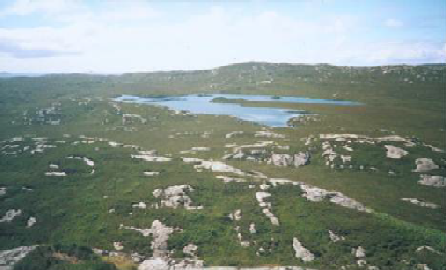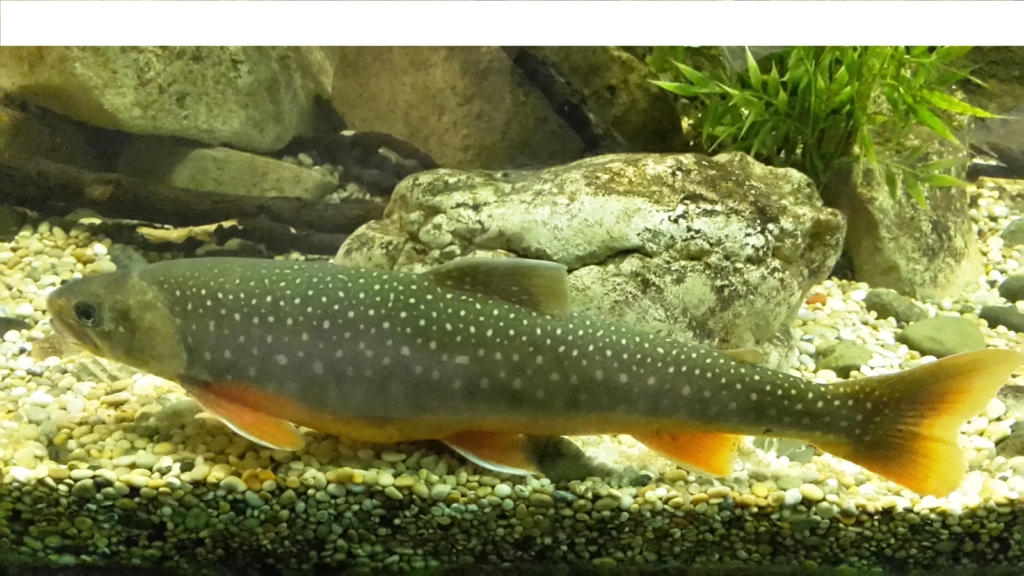
Oligotrophic lakes are most frequently found on hard, acid rocks of the uplands, they are characterised by zones of rosette-forming shoreweed, water lobelia and quillwort. Their waters are characteristically clear and support plants at depths greater than 6m due to the naturally nutrient-poor conditions which limit algal productivity. Oligotrophic lakes support a predominantly salmonid fish assemblage including trout and, in the Lake District, potentially the rarer Arctic charr, shelly and vendace.

These species require wave-washed coarse substrates and relatively high oxygen concentrations in the hypolimnion (cooler bottom waters). Characteristic insects include mayflies, stoneflies, beetles and flies, and terrestrial ground beetles that prey upon emerging aquatic insects. Whilst these lakes tend to have the best water quality, some have still been subject to eutrophication and others to acidification. As sources of good quality water, many larger oligotrophic water bodies have artificial water control structures (e.g., dams) that enable storage and abstraction. Other pressures include nutrient enrichment, acidification and non-native species.